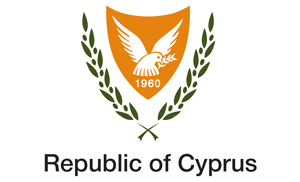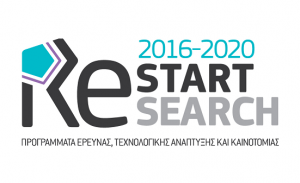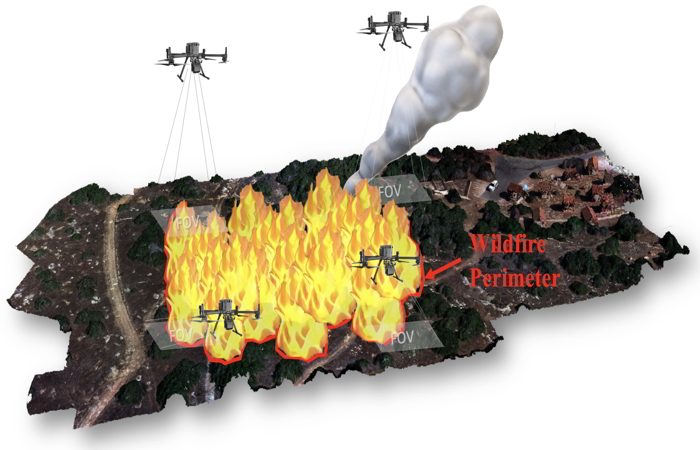In April 2024, the successful conclusion of the GLIMPSE project (Intelligent Multi-drone Emergency Response System) led to a new era in the development of innovative autonomous multi-agent systems designed to tackle the several challenges of emergency response missions.
Modern society faces immense challenges in building resilience against severe disasters such as earthquakes, wildfires, and floods. The frequency and intensity of natural disasters have surged alarmingly in recent years, leading to devastating loss of life, extensive damage, and significant political, social, and economic disruptions. In these critical moments, prompt and efficient search-and-rescue (SAR) missions are paramount to saving lives and property. The speed and effectiveness of these missions are vital, influencing the survival and recovery of affected populations.
In response to these pressing needs, the GLIMPSE project embarked on groundbreaking research in autonomous multi-agent systems, distributed control, and artificial intelligence. By leveraging a fleet of autonomous flying robots (drones), GLIMPSE aimed at revolutionizing SAR operations, and enhancing their efficiency and effectiveness. The GLIMPSE project has pioneered the development of an innovative multi-drone framework for search-and-rescue missions, addressing numerous challenges in disaster response, including intelligent decision-making, accurate state estimation in uncertain environments, and efficient multi-agent cooperative control and planning for emergency response missions. The project also designed cooperative monitoring and learning algorithms for disaster environments using a fleet of autonomous drones and developed robust control techniques to ensure the reliable operation of these drones under challenging conditions.
Dissemination of Research Outcomes
The research from the GLIMPSE project has been published in 10 high-impact journals and conference proceedings, with 2 additional papers currently under review. These publications span the fields of control and automation, aerospace and unmanned aircraft systems, as well as information and communication technologies for disaster management. The results of the project have been presented at several flagship international conferences and events, including the 2023 IEEE Conference on Decision and Control (CDC) in Mexico, the 2023 European Control Conference (ECC) in Romania, the 2023 Mediterranean Conference on Control and Automation (MED) in Cyprus, the 2023 International Conference on Information and Communication Technologies for Disaster Management (ICT-DM) in Italy, the 2024 IFAC Symposium on Fault Detection, Supervision, and Safety of Technical Processes (SAFEPROCESS) in Italy, the 2024 International Conference on Unmanned Aircraft Systems (ICUAS) in Greece and the 2024 International Conference on Automation Science and Engineering (CASE) in Italy.
First Prize in an International Competition
The project has made remarkable strides in cutting-edge research on multi-drone cooperative control, mapping, and exploration algorithms. These advancements were showcased in international challenges and competitions, highlighting the project’s innovative approach. Notably, the GLIMPSE team secured First Prize at the Cooperative Aerial Robots Inspection Challenge (CARIC) during the prestigious 62nd IEEE Conference on Decision and Control (CDC 2023), held from December 13-15, 2023, in Singapore. As part of the GLIMPSE project, specifically within the task of Multi-drone Indoor Exploration and Inspection, the team developed a novel distributed cooperative control system that enabled a team of drones to efficiently tackle infrastructure inspection problems.
The research conducted in GLIMPSE paves the way for future advancements in disaster response, ensuring more effective and efficient solutions for emergency response missions. By developing innovative multi-drone cooperative control systems, advanced mapping techniques, and cutting-edge exploration algorithms, the project has showcased how technology can be harnessed in critical situations. The methodologies and systems developed under GLIMPSE can lead to new operational tactics by the emergency teams when conducting search-and-rescue operations, infrastructure inspections, and disaster management. This project has not only demonstrated the potential impact that drones can have in such applications, but also has laid the groundwork for integrating autonomous systems into broader disaster response strategies, ultimately enhancing the resilience and safety of communities worldwide.
This project was co-financed by the European Regional Development Fund and the Republic of Cyprus through the Research and Innovation Foundation’s RESTART 2016-2020 Programme for Research, Technological Development, and Innovation.







